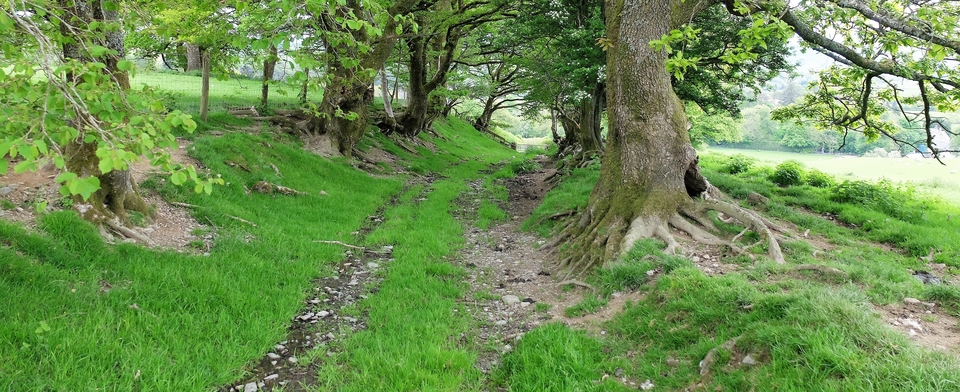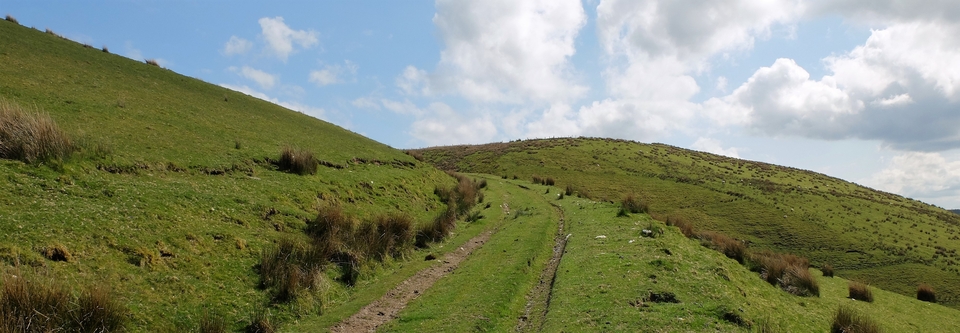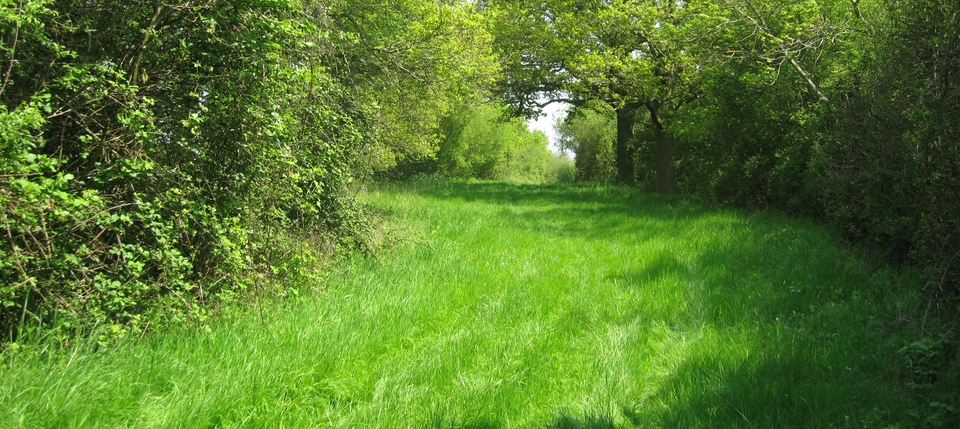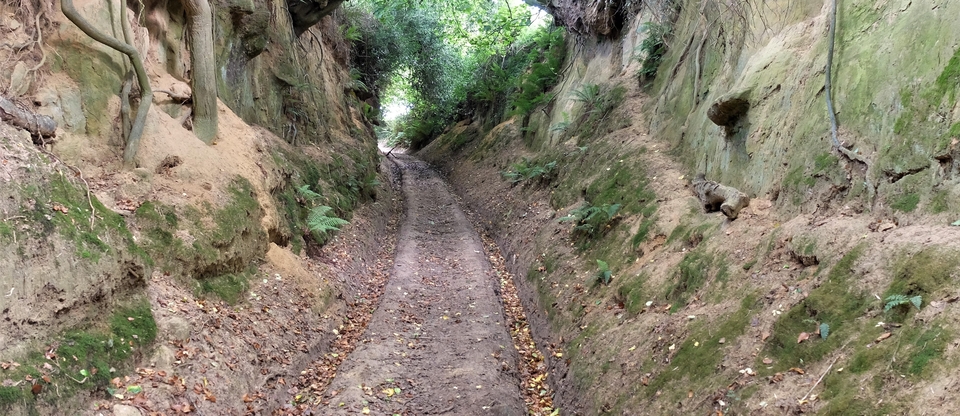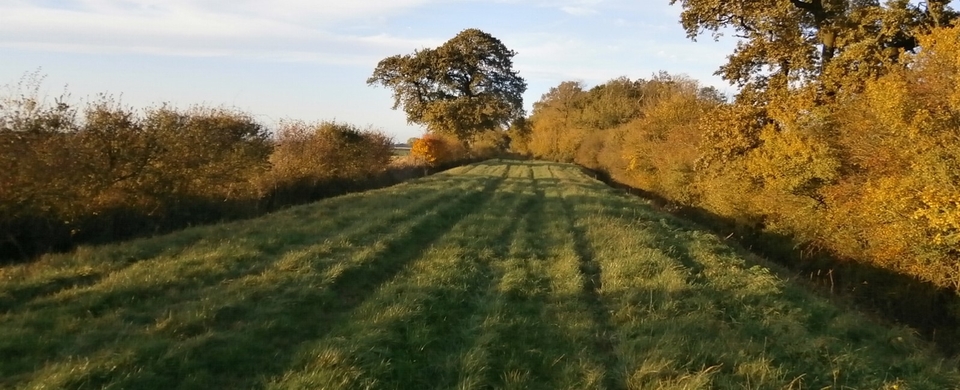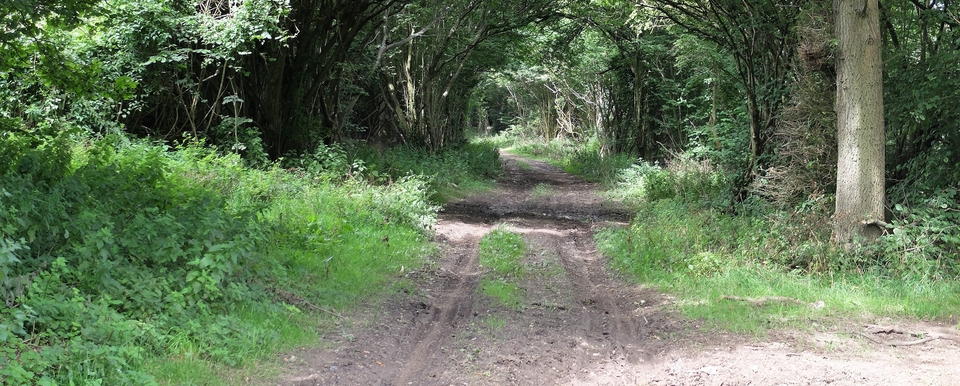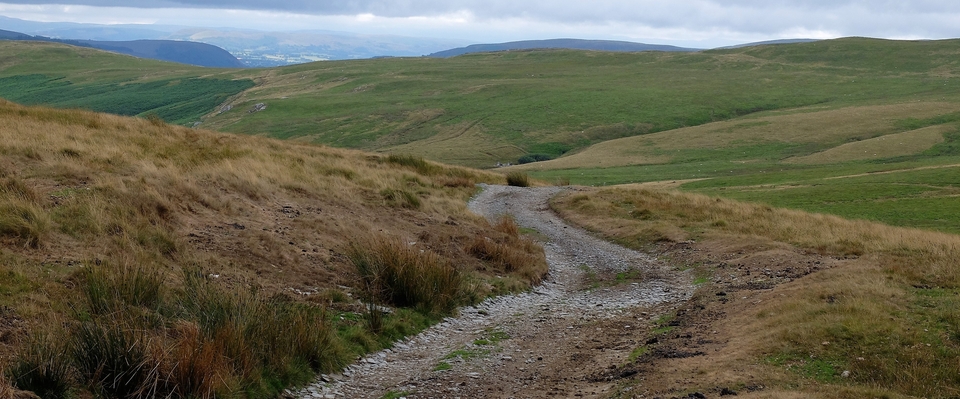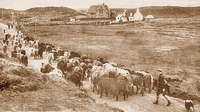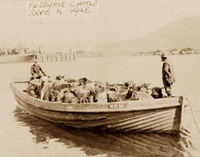The scale of it
Every spring and autumn during the Golden Age of droving (1700-1850), beasts were on the move – and had been since prehistory. Pliny the Elder, in AD 80, mentions geese being driven from (what is now) Belgium to Rome, their feet protected by tar and sand. (For their quills, presumably, not their meat.)
Reason: the cheapest way to move livestock to market, before the age of steam, was by foot. These ‘droves' were epic journeys: the route from North Wales to the south-east of England is over 250 miles; the route from Skye nearly 700. As it was important that the stock ended the journey in good condition, beasts were ‘drifted' southward at only 12-15 miles a day. So the Welsh route took three weeks, the Scottish route nearly seven.
The arrival of the Tudor dynasty in 1485 made Welsh beef fashionable: Welsh nobles who had arrived in London to fill the posts offered by Henry Vll arranged for cattle from their home estates to be driven to London. Many of these beasts were rent from their tenants "on the hoof".1
In 1800, 200,000 cattle, one and a half million sheep and 150,000 donkeys passed through Smithfield, the London market of last resort. It has been estimated that 30,000 black cattle came through Herefordshire alone every year in the late 1700's. In Scotland, 8,000 cattle swam from Skye to the mainland. (#3 shows a more gentlemanly method of crossing from Kylerhea to Glenelg.)
Sheep seemed to thrive on being driven; pigs hated it and needed boots for their trotters on long journeys and had to be swept along with large boards; cattle from Wales & Scotland tolerated it, even enjoyed it, because of the lush pasture of the Midland valleys en route. Turkeys were slower than geese, because they liked to perch in a tree at night, were hard to bring down in the morning, and didn't eat on the move as geese did.
The droving season began in mid-February and continued till June, by which time the English fields were full and the grass had stopped growing. It restarted in late September and continued till December, when many Welsh fairs took place. This solved a huge problem for small Welsh farmers, who would have had to slaughter their stock2.
In spring the beasts fed off the new grass; in autumn off roots and the aftermath of the harvest.
1 Thanks to Twm Elias for reminding me of this.
2 Most of the droves mentioned in the account books we have seem to be autumn ones. (Sheep were driven in the late summer, but they are less fussy about their water & grass.)
